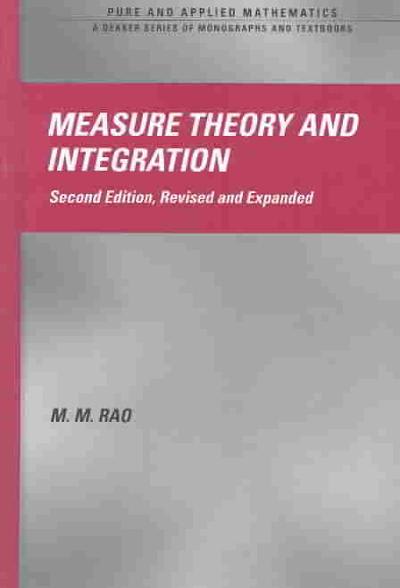Question
Chi-Square Goodness-of-Fit Test Problem 1 It is suggested that dispersal of seeds from the edge of a plantation of trees follows an inverse square law
Chi-Square Goodness-of-Fit Test
Problem 1
It is suggested that dispersal of seeds from the edge of a plantation of trees follows an inverse square law (i.e. the number of seeds travelling x m is proportional to l/x2 ). We want to test this theory using an isolated stand of trees on an area of moorland. Seeds will be collected in four 0.25 m 2 plots at each of five distances, on the downwind side of the plantation.
| Distance (m) | 5 | 10 | 15 | 25 | 50 |
| Seeds (observed) | 200 | 65 | 14 | 12 | 3 |
| Seeds (expected) | 208.4 | 52.1 | 23.1 | 8.3 | 2.1 |
1. State the hypotheses (H0& Ha).
2. Perform calculation in Minitab or SPSS.
3. Screen capture of the process and results in Minitab or SPSS.
4. Interpret results.
5. State the appropriate conclusion.
Problem 2
It has been known for a long time that sickle cell anemia, a mutation in the gene controlling one of the proteins that make up haemoglobin in humans, is more common in areas where malaria is endemic. The sickle cell trait is recessive but, although it is not fully understood why, heterozygous individuals are known to have some protection against the symptoms of malaria. This advantage is sufficient to maintain the sickle cell alleles in such populations, even though the homozygotes suffer from the debilitating disease sickle cell anemia. Because the heterozygotes can be recognized from a blood test, it is possible to establish at what frequency sickle cell alleles exist in a population.
A recently collected sample of blood tests from 886 randomly chosen individuals in Gabon contained the following genotypes:
| Phenotype | Observed frequency | Expected frequency |
| Normal/Normal (A/A) | 700 | 705.26 |
| Normal/Sickle (A/S) | 180 | 170.11 |
| Sickle/Sickle (S/S) | 6 | 10.63 |
1. State the hypotheses (H0& Ha).
2. Perform calculation in Minitab or SPSS.
3. Screen capture of the process and results in Minitab or SPSS.
4. Interpret results.
5. State the appropriate conclusion.
Step by Step Solution
There are 3 Steps involved in it
Step: 1

Get Instant Access to Expert-Tailored Solutions
See step-by-step solutions with expert insights and AI powered tools for academic success
Step: 2

Step: 3

Ace Your Homework with AI
Get the answers you need in no time with our AI-driven, step-by-step assistance
Get Started


